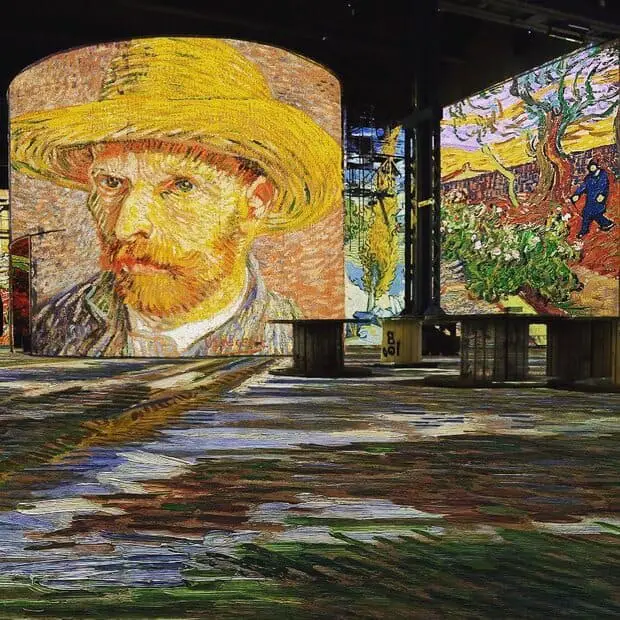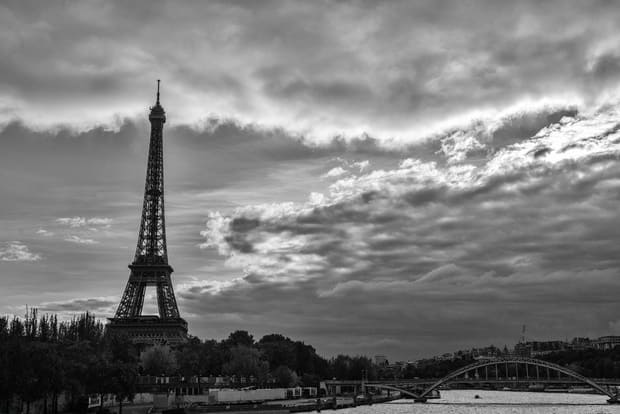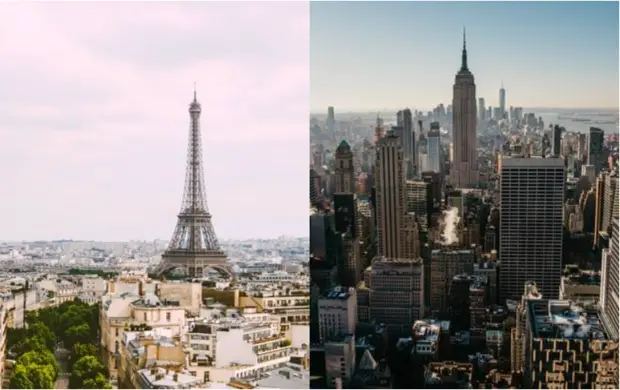Montmartre, a famous neighborhood in Paris, wasn’t always the lively, tourist-filled place we know today. Back in the late 1800s and early 1900s, Montmartre was a quiet village on the outskirts of the city, known for its windmills, vineyards, and a community of artists, musicians, and writers who called it home.
In the late 1800s, Montmartre was still a bit wild and undeveloped. It was a place where people lived in small, simple homes and where artists like Vincent van Gogh, Pierre-Auguste Renoir, and Henri de Toulouse-Lautrec found inspiration. These artists loved Montmartre because it was cheaper to live there than in the center of Paris, and they could create their art without much interruption.
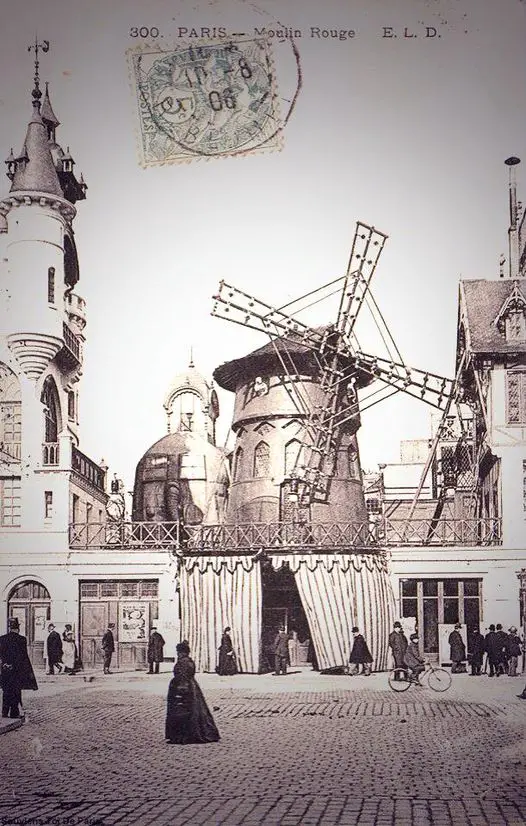
During this time, Montmartre was also famous for its cabarets, like the Moulin Rouge, where people would go to enjoy music, dance, and shows. This part of Montmartre was full of life and creativity, attracting not only artists but also writers, poets, and performers.
The area became known for its bohemian lifestyle, where people valued freedom, creativity, and community over wealth and status.
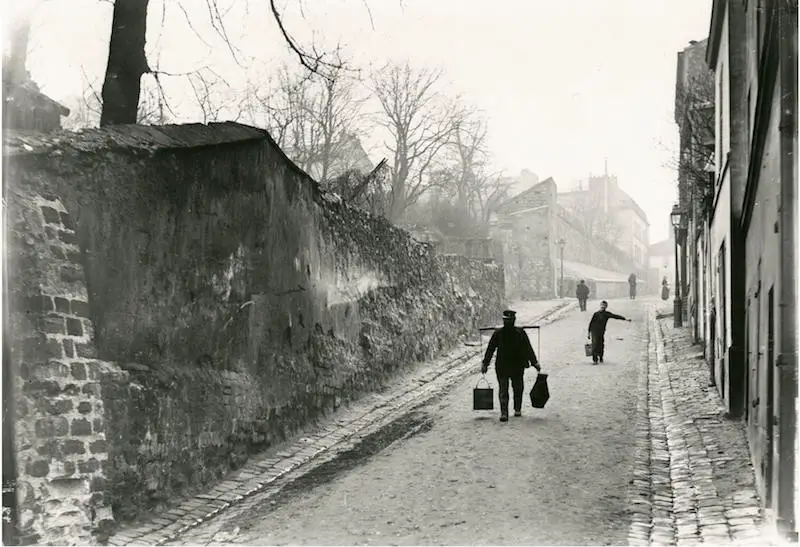
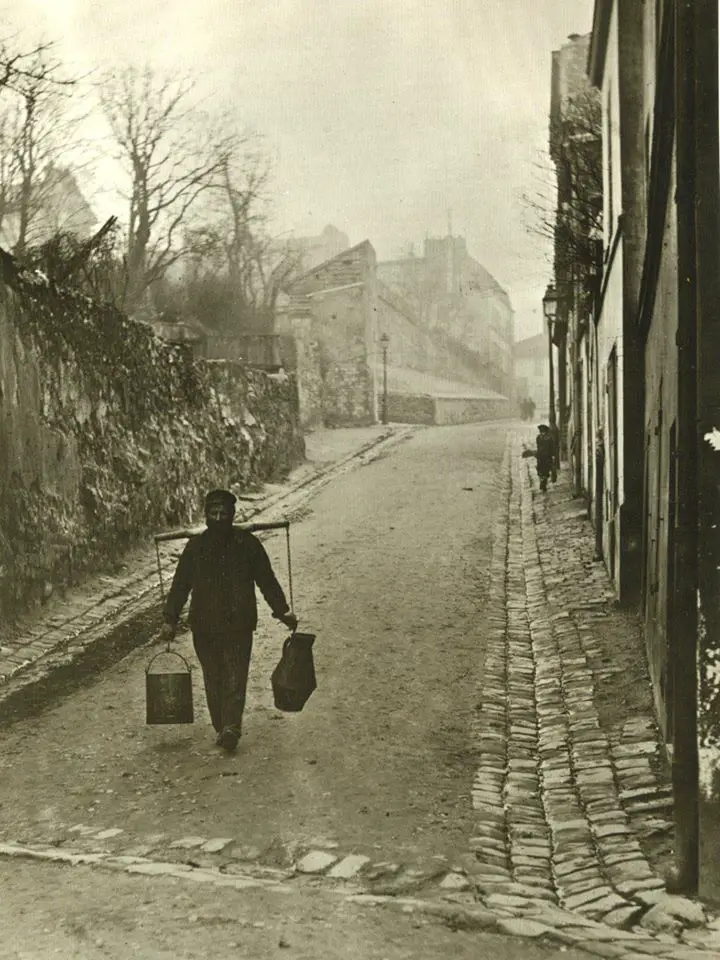
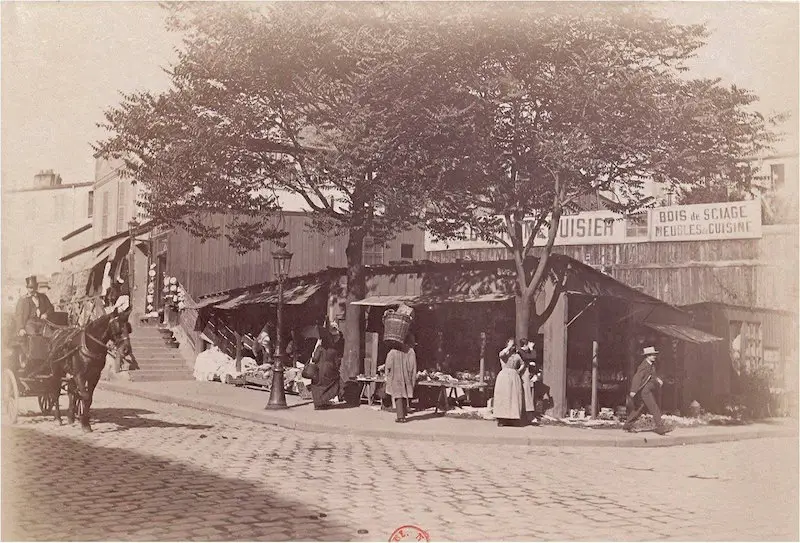
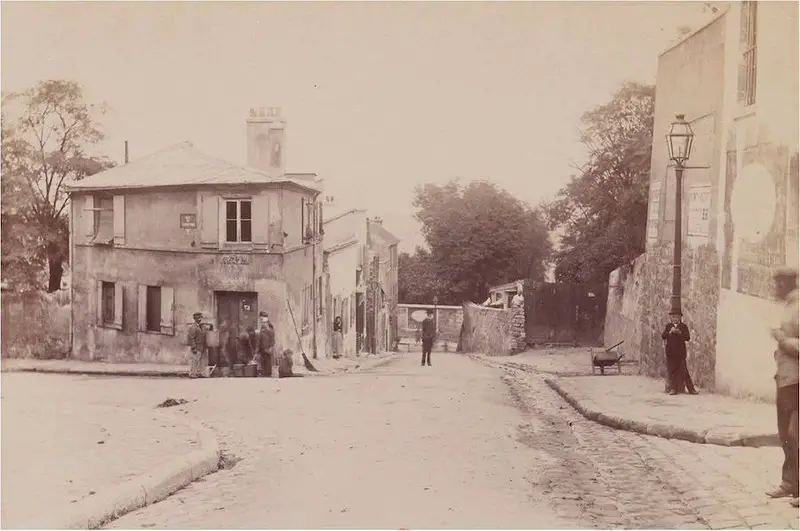
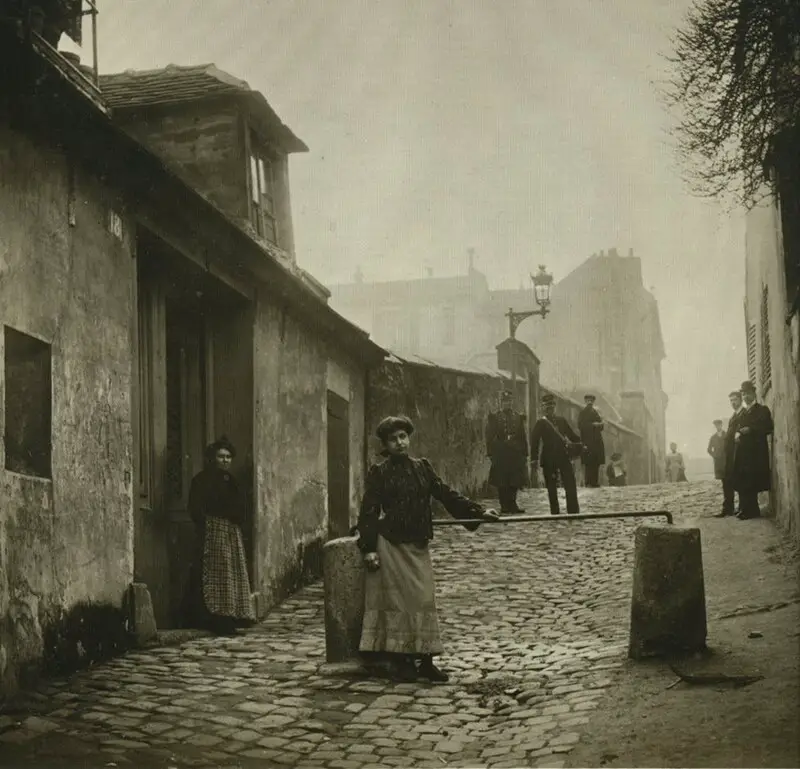
One of the most significant changes to Montmartre during this time was the construction of the Sacré-Cœur Basilica. This iconic white church, which sits on the highest point of Montmartre, began construction in 1875 and was completed in 1914.
It was built as a symbol of hope and peace after the Franco-Prussian War and the Paris Commune, a period of civil unrest in the city.
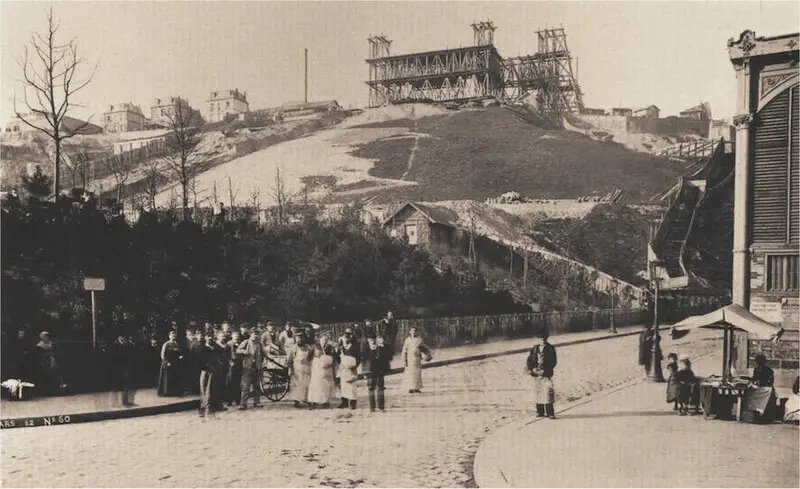
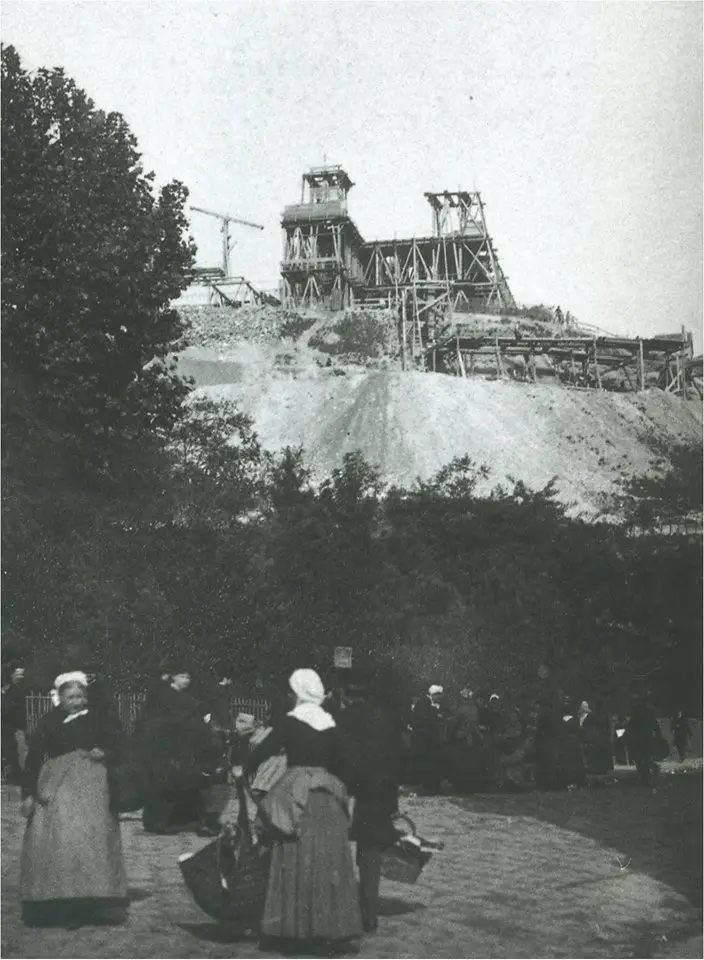
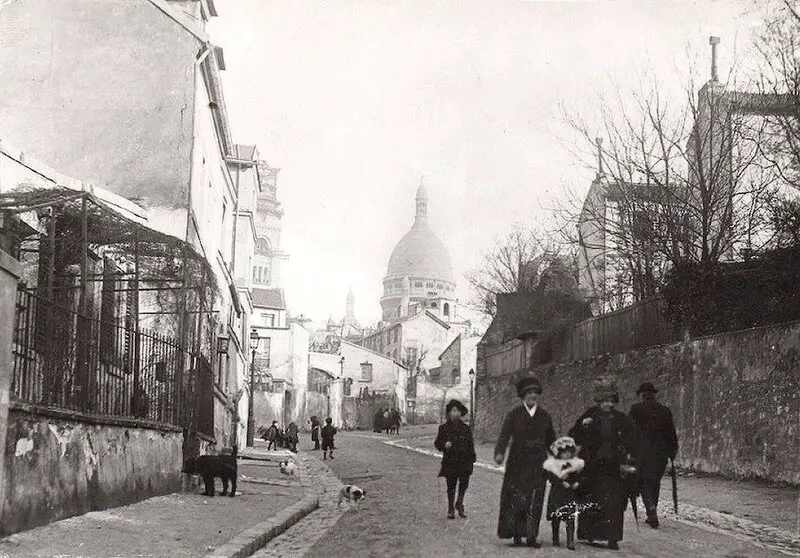
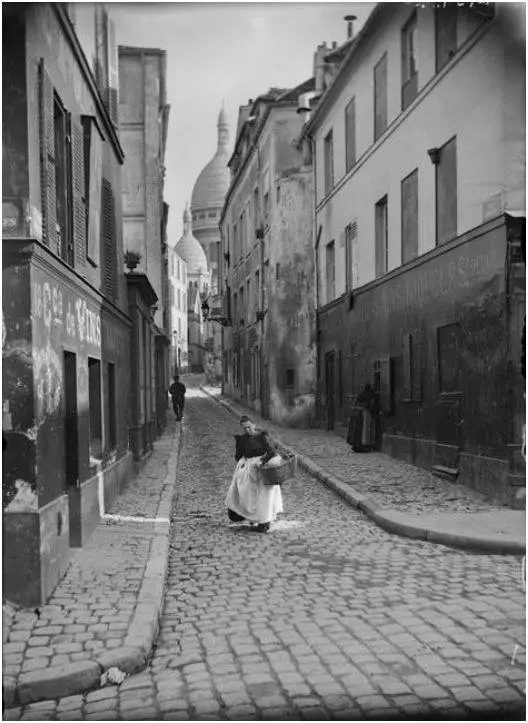
Before Montmartre became part of Paris in 1860, it was a separate village with its own distinct identity. It was a place where people lived simple lives, far removed from the hustle and bustle of the big city.
One of the most interesting aspects of old Montmartre was the “Maquis,” an area on the hill where people built small, makeshift homes. It was a bit like a rural village in the middle of the city, with gardens, chickens, and a strong sense of community. The Maquis was a place where many struggling artists lived and worked, and it played a big role in Montmartre’s artistic heritage.
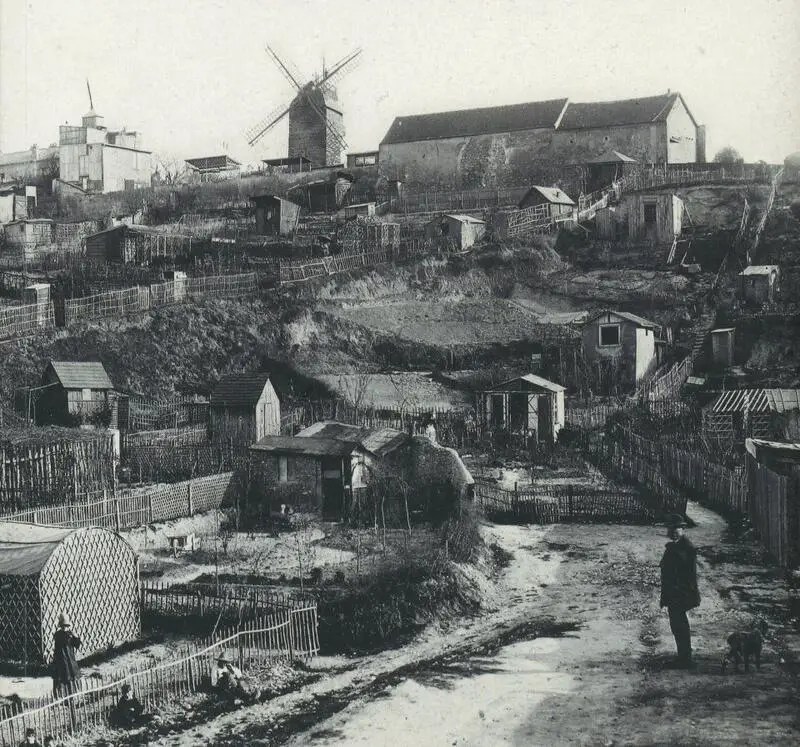
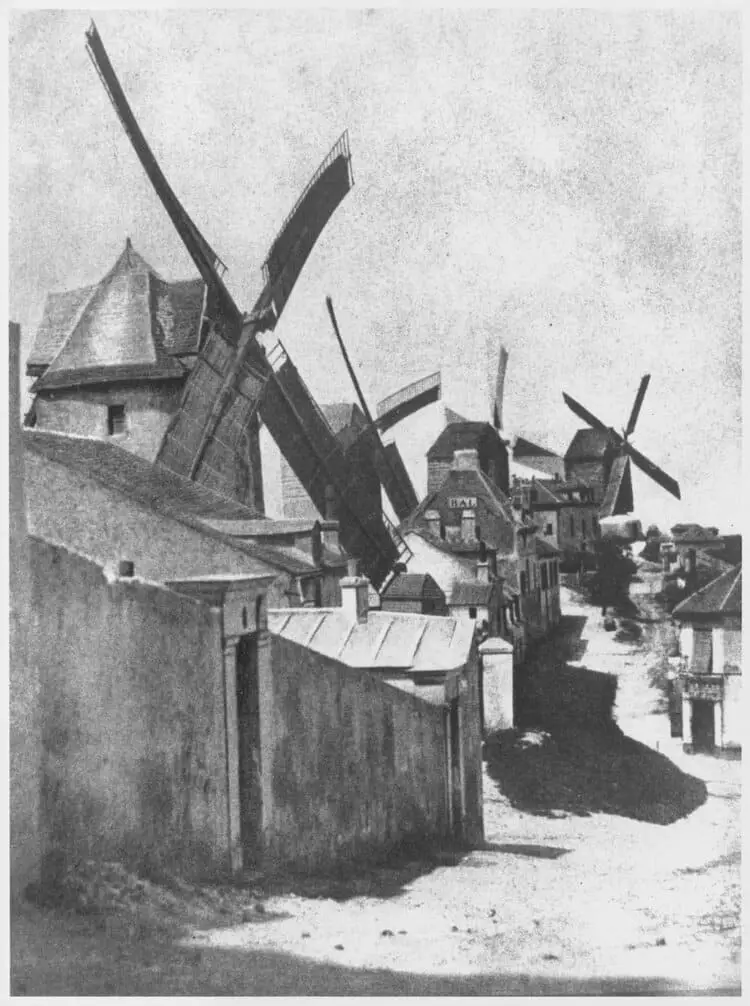
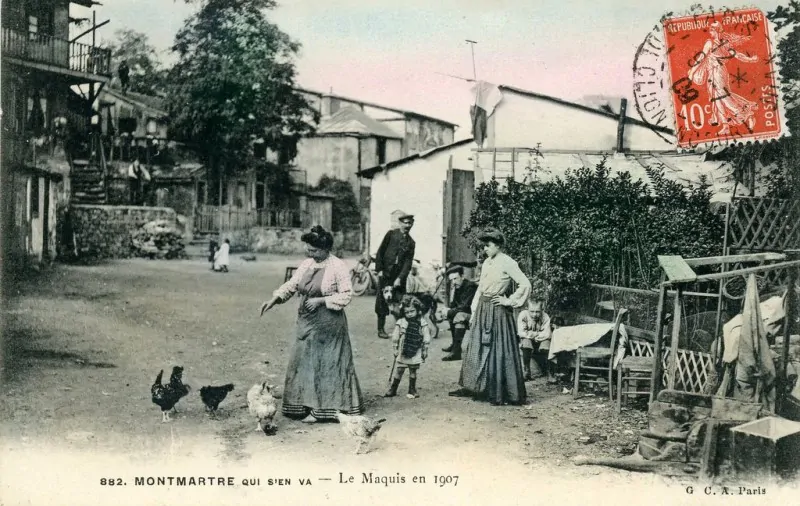
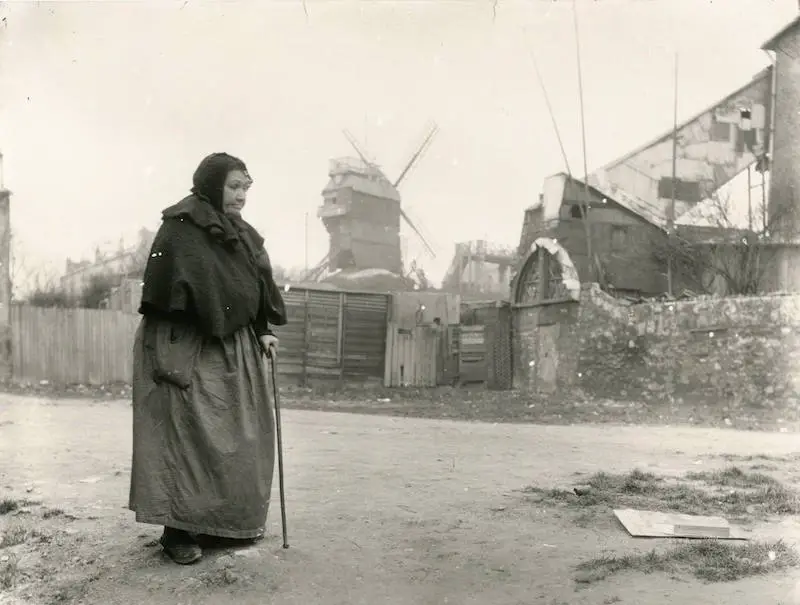
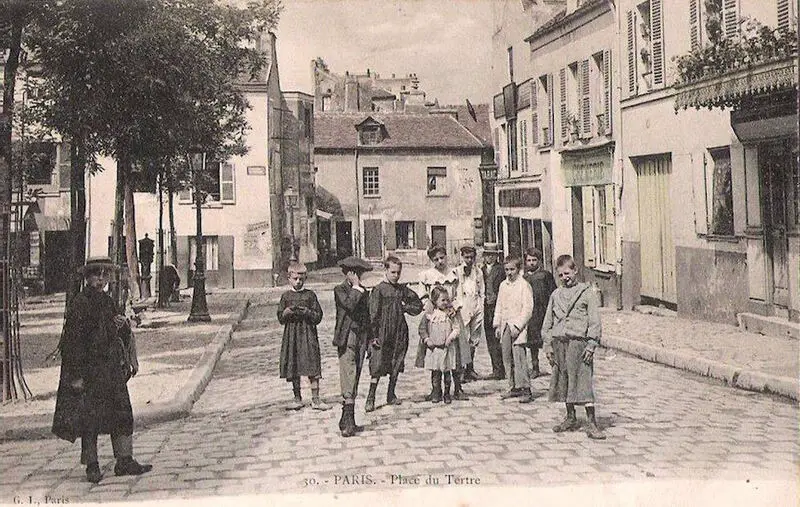
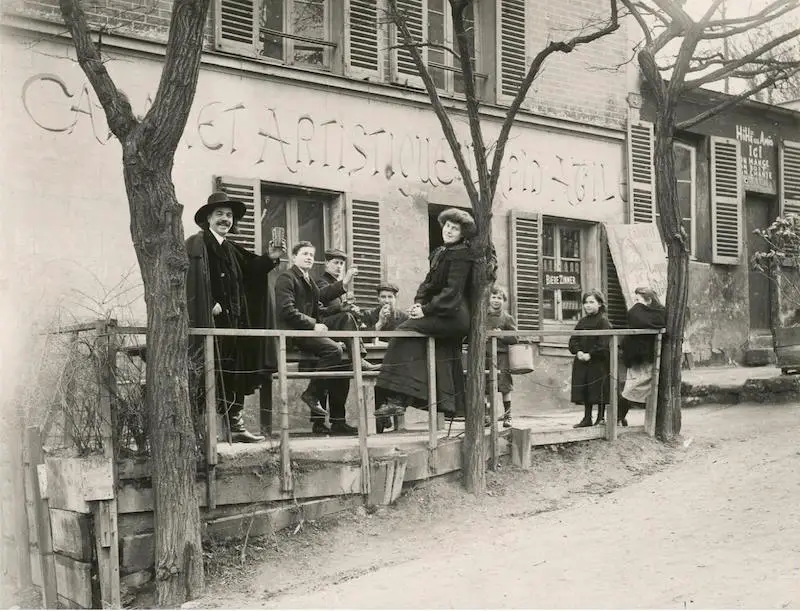
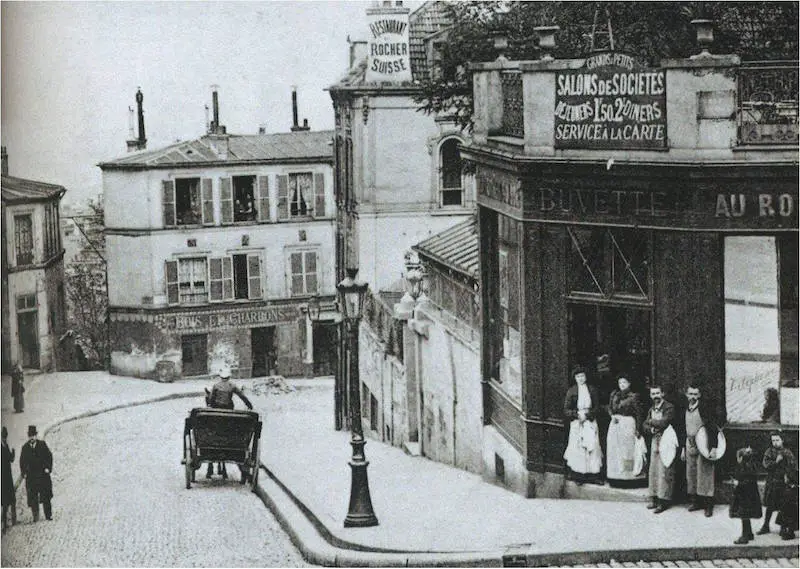
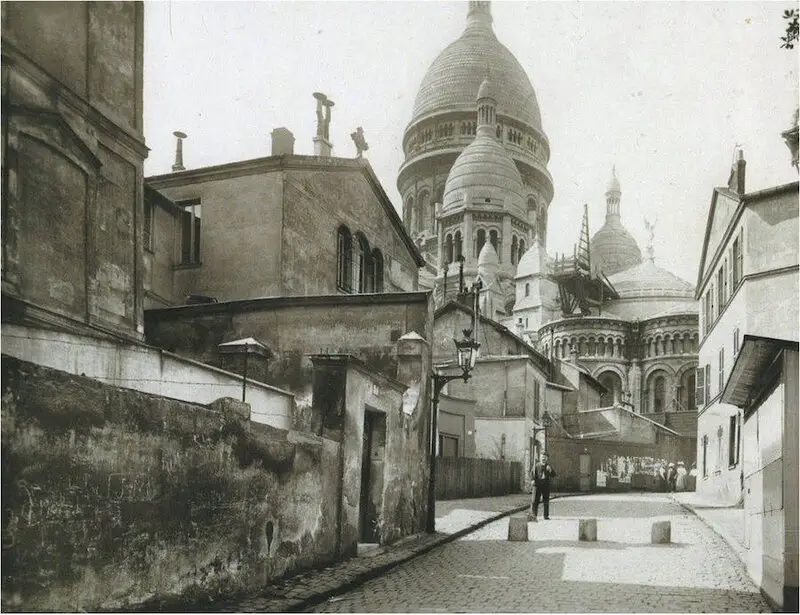
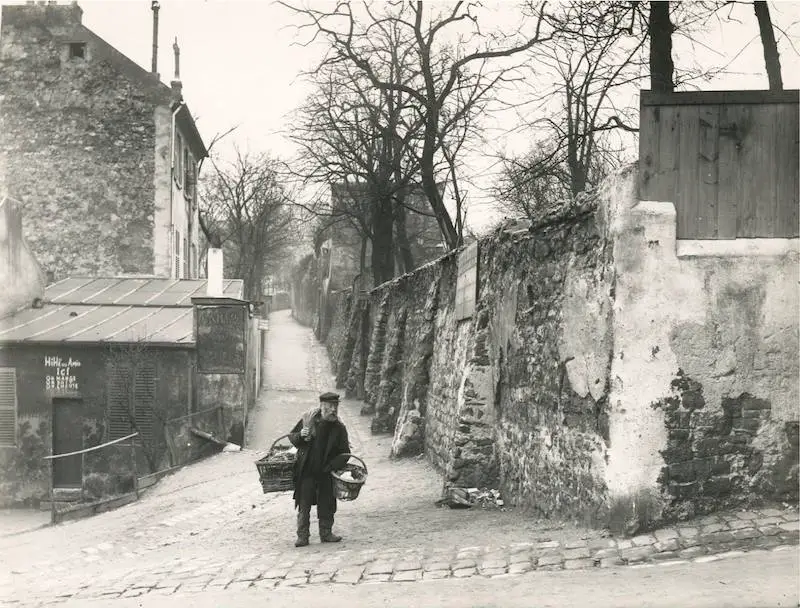
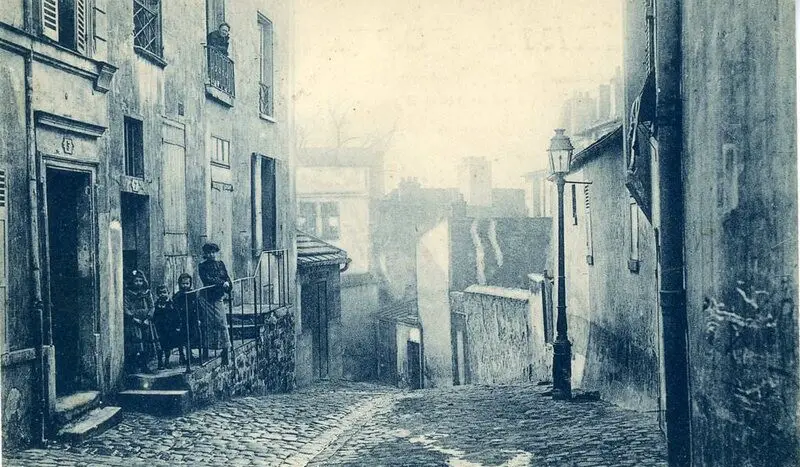
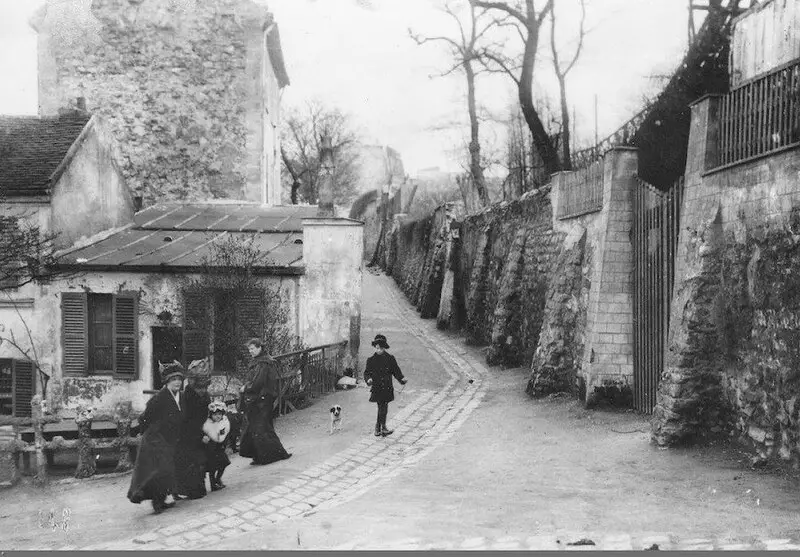
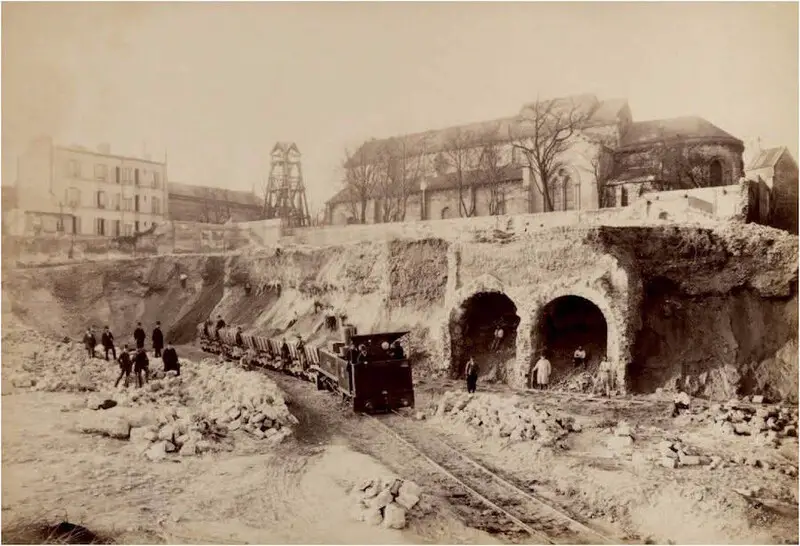
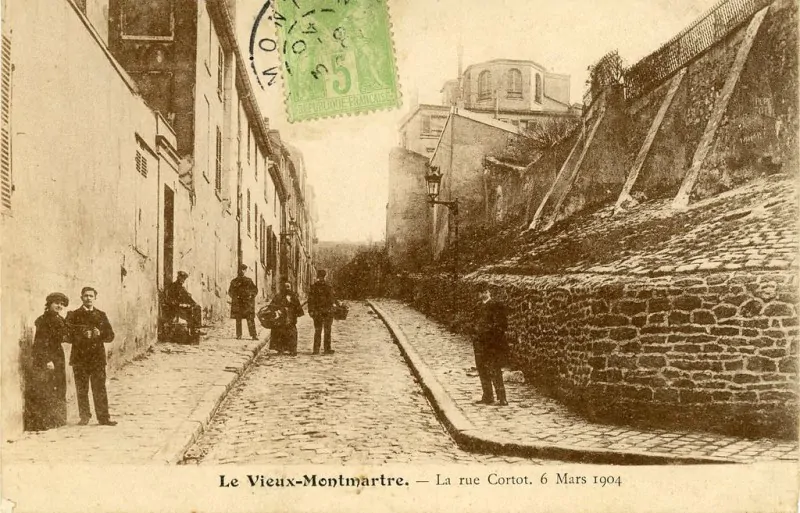
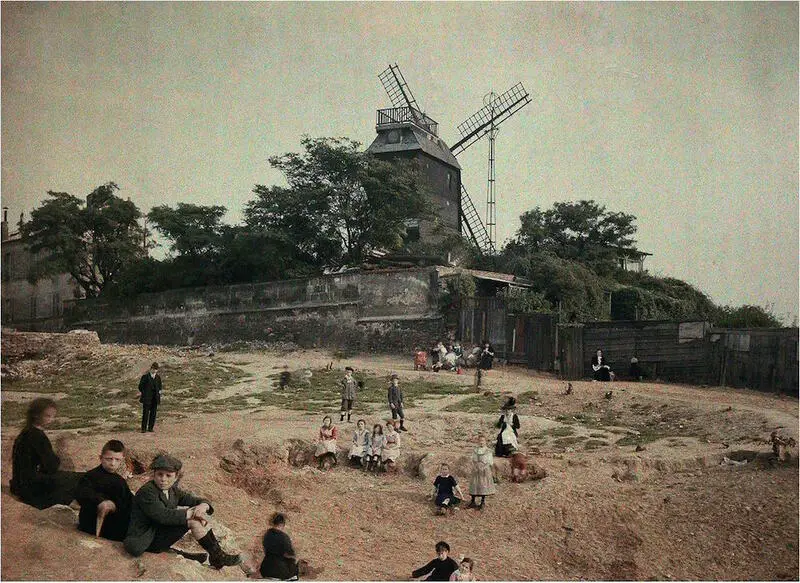
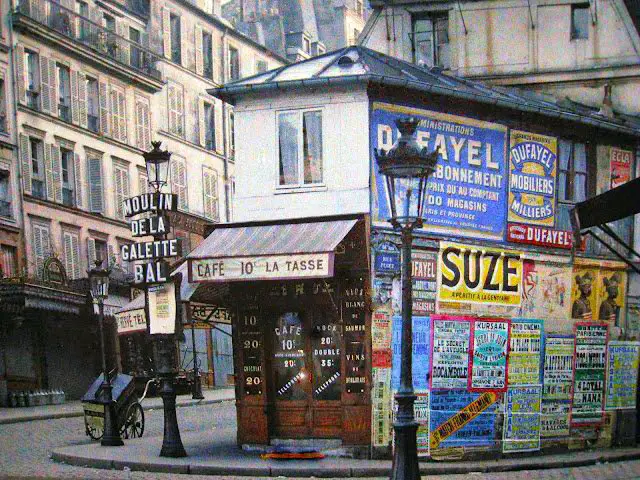
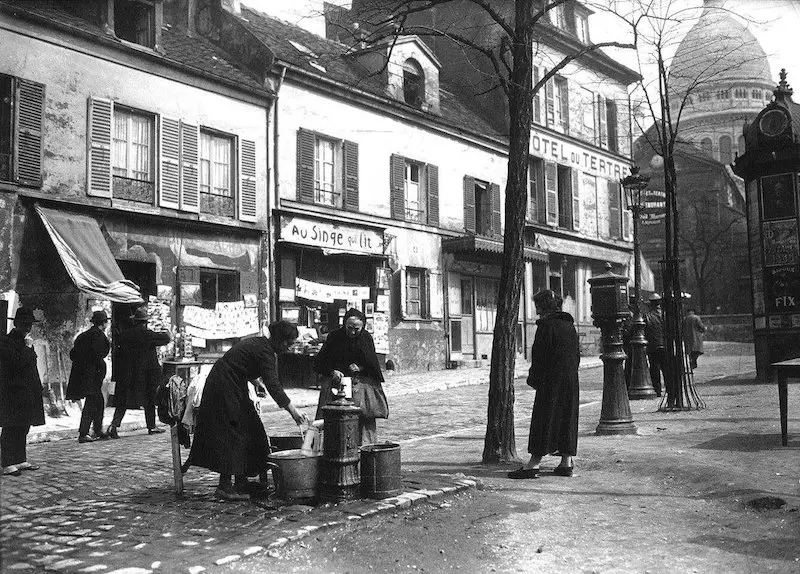
As you look at old pictures of Montmartre from 1875 to 1930, you can see how much the neighborhood has changed over time. The windmills and vineyards have mostly disappeared, replaced by streets and buildings.
But the spirit of creativity and the love for art that began in those early days is still very much alive in Montmartre today.
I aim to share my tips and recommendations for the beautiful country of France. My goal is to help you plan your next adventure, whether it’s a weekend getaway or a once-in-a-lifetime trip. From finding the best hotels and restaurants, to discovering unique activities and sights, I’ve got you covered!

